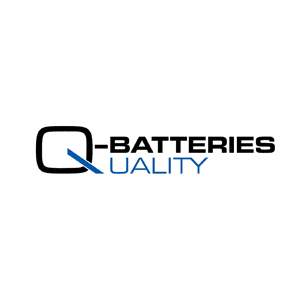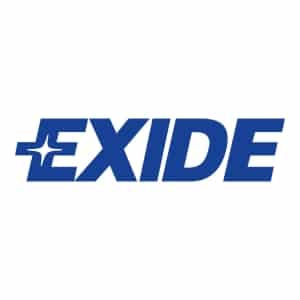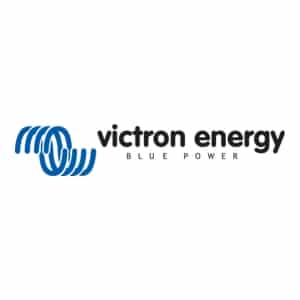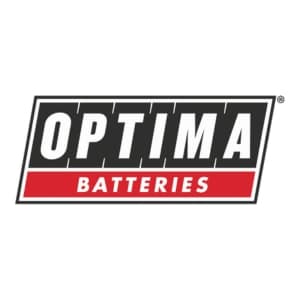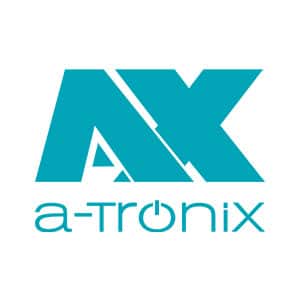Batteries for boats
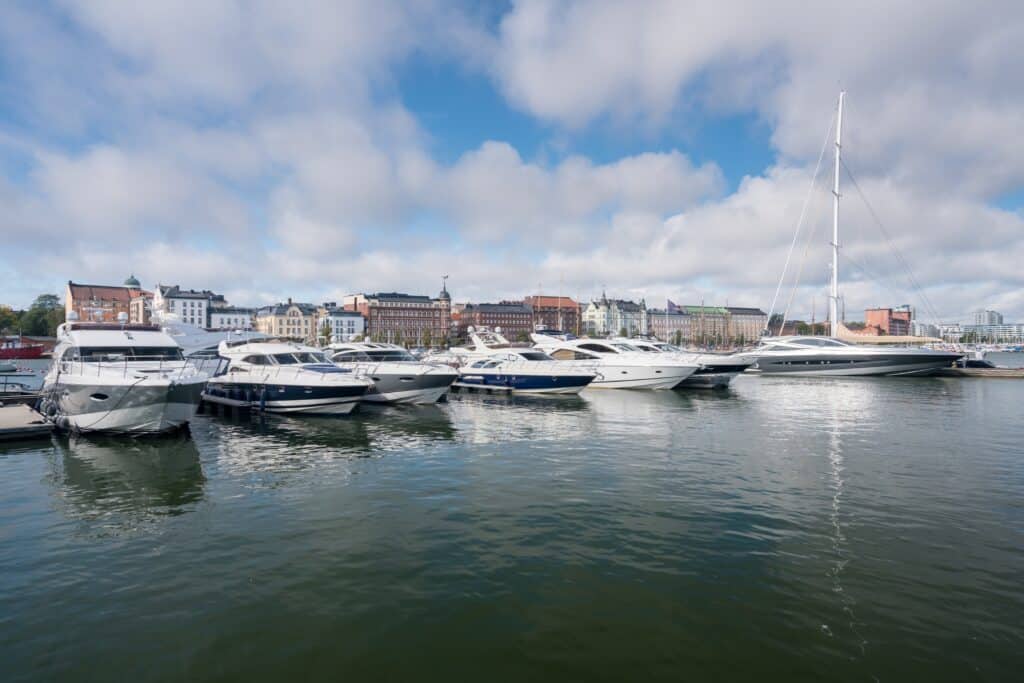

Our top brands for boat batteries
Your advantages
-
Expert advice:
Our team of experts will help you select the right boat battery to suit your individual requirements.
-
Fast delivery:
Thanks to our well-stocked warehouse and efficient logistics, your orders will arrive quickly.
-
Quality and reliability:
Our range of batteries for boats fulfils the highest standards. You can rely on stable performance, high cycle stability and a long service life - ideal for any marine application.
-
Flexible and uncomplicated ordering:
Order conveniently online, by e-mail or by phone - whether you want a single item or a bulk order, we are here for you.
Overview of different battery technologies
Starter batteries are specially designed to start the engine. Further information can be found here: Starter batteries
Supply batteries
AGM (Absorbent Glass Matt)
- Fast loading time
- High currents can be drawn
- Suitable for solar applications
- Best choice in combination with Inverter
- Maintenance-free and vibration-resistant
Gel
- Long shelf life
- Very good resistance to high temperatures
- Very durable
- High discharge depth and cycle-proof
- Maintenance-free, vibration-resistant & position-independent installation
SEM (traction and lighting batteries)
- Particularly low Self-discharge
- High cycle stability
- Suitable for low power consumption
- Inexpensive and durable
- Low maintenance due to simple acid regulation
LiFePO4 (lithium iron phosphate)
- Significantly lower weight compared to acid, gel and AGM
- Very low self-discharge
- Long service life thanks to high cycle stability
- Particularly high current capability
- App monitoring via Bluetooth from a capacity of 75 Ah
- Maintenance-free
Dual batteries
AGM
- Developed for demanding boats and yachts
- Extremely durable
- Shock and vibration resistant
EFB
- Developed for mid-range boats and yachts with high energy consumption
- Minimal self-discharge
- Durable and resilient
- Cheaper than AGM
All from a single source
Chargers are necessary for a complete and efficient charge of your on-board batteries, regardless of the energy source. An optimum charge maximises the service life of the batteries.
Charging boosters supply consumer batteries with energy while driving and can be used as jump starters.
Inverters convert 12 V DC voltage into 230 V AC voltage and are ideal for sensitive electrical appliances thanks to the pure sine wave.
Weatherproof solar panels and MPPT charge controllers enable a self-sufficient power supply and the efficient use of solar energy.
With intelligent battery monitors that can be operated via an app, you always have an overview.
With these components, you ensure maximum flexibility, self-sufficiency and efficiency - perfectly tailored to the needs of your customers.
Helpful downloads for boat batteries

Frequently asked questions
You have questions about Batteries for boats?
How can I advise my customers on the required capacity of a supply battery?
The capacity of a supply battery should be carefully matched to the energy requirements on board. Batteries last longest when they are regularly fully charged and only slightly discharged. Common mistakes in dimensioning are:
- Too large: The charger, solar panel or wind generator does not supply enough power to fully charge the battery. This reduces the capacity over time.
- Too small: Consumers draw more power from the battery than it can supply, resulting in a deep discharge and permanent damage.
A rough calculation of the required capacity (Ah) is made as follows:
Power (W) ÷ voltage (V) = amperage (A)
Amperage × duration of use per day = required capacity (Ah)
Example: 60 W ÷ 12 V = 5 A
5 A × 10 hours = 50 Ah
This calculation can be used to determine the consumption of each individual device and the required total capacity can be determined by adding the results. As the actual usable capacity differs from the specified capacity, the calculated value must be adjusted with an appropriate factor depending on the battery type.
- Liquid batteries: factor 1.7 at 85 Ah
- AGM/gel batteries: factor 1.4 at 70 Ah
Is it worth converting to gel or AGM batteries?
Converting to gel or AGM batteries can be worthwhile, especially for boats and motorhomes with higher energy requirements. Both battery types are maintenance-free, do not emit gas and offer a longer service life and higher cycle stability than classic liquid batteries.
However, before you convert, you should check whether your charger is suitable for AGM or gel batteries. A liquid battery may be sufficient for occasional journeys. However, for intensive use and higher loads from electrical consumers, a conversion is advisable in the long term.
What do the indications C10 or C20 on the battery type plates mean?
The values C10 and C20 indicate the capacity of the battery in ampere hours (Ah) and refer to the discharge time.
For example, a specification of 225 Ah (C10) and 242 Ah (C20) means that the battery can release more energy over a period of 20 hours than over 10 hours. The faster a battery is discharged, the lower its actual available capacity.
What is the difference between starter and supply batteries?
There are two main types of batteries used in boats and motorhomes. Starter batteries are specially designed to start the boat's engine. They deliver high currents for a short period of time and are then recharged directly by the engine.
Supply batteries, on the other hand, provide power for electrical devices such as navigation systems, lighting, refrigerators or entertainment electronics on board. These batteries are designed to deliver consistent amounts of energy over a long period of time.
It is important to separate the two battery types so that the supply batteries do not discharge the starter batteries and thus prevent the engine from restarting.
What needs to be considered when choosing a charger for boat or motorhome batteries?
While travelling, the on-board batteries are charged by the engine's alternator. However, an optimum full charge is usually only achieved using a charger with a 220 V connection. For this reason, every opportunity for charging should be utilised. Wind generators and solar panels are usually only used for supplementary charging, i.e. a charger is required to optimally charge the batteries and thus maximise their service life. We will be happy to help you select a suitable charger.
Be careful with different types of batteries! There are different charging techniques for acid, gel, AGM and lithium batteries. Using the wrong charger can damage the battery and, in the worst case, cause an explosion. Be sure to seek advice!
Can car batteries also be used in motorhomes or boats?
Car batteries are suitable if the battery is only to be used to start the engine. We do not recommend the use of car batteries, i.e. starter batteries, to supply the electrical consumers of boats or motorhomes. Starter batteries are designed to supply high currents for starting the engine in a short time, while supply batteries are designed for cyclical loads. They can supply a constant amount of current over a longer period of time without being damaged. Starter batteries would wear out prematurely if used in this way.
Which battery technology is best suited for boats or motorhomes?
The supply batteries with AGM technology impress with their versatility and are the ideal choice in combination with an inverter.
Gel batteries are one of the most popular solutions for supplying power to electrical consumers in the caravan/marine sector. They are characterised by their easy transportability and can easily withstand longer storage periods.
Lithium iron phosphate batteries are becoming increasingly popular, particularly due to their low weight combined with high energy density. Although the initial costs are higher, these are offset in the long term by their impressive durability and outstanding cycle stability.
Let us advise you!
We will be happy to help you.
